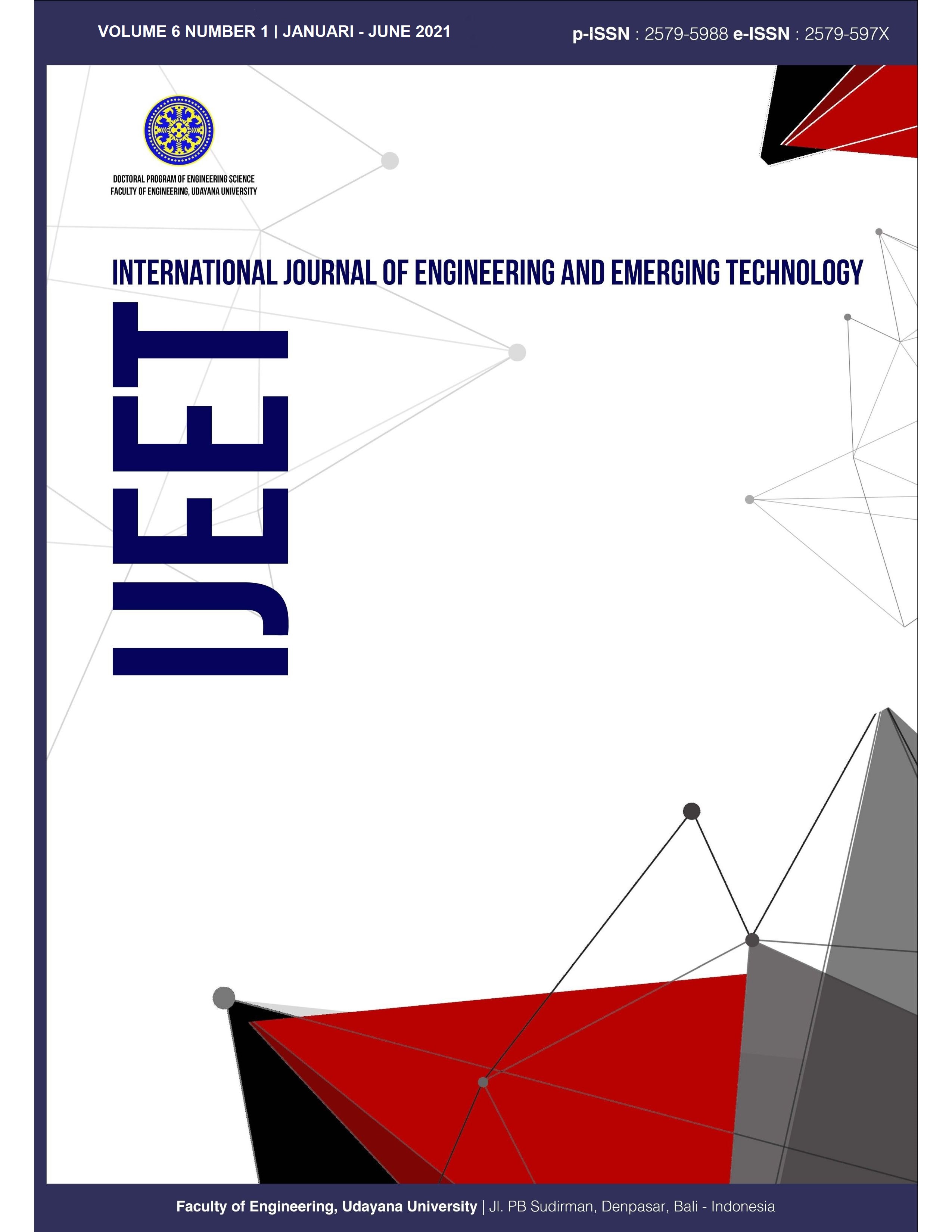Architect’s Perceptions of a Requirement of Building Architecture on Design Process
Case Study : Architectural Design Practice in Bali
Abstract
Concerns about the waning identity of Balinese architecture led the Provincial Government of Bali to issue Perda No. 2, 3, 4 of 1974, which was later revised to No. 5 of 2005 concerning Architectural Requirements of the Building. . This requirement emphasizes that building architecture in Bali must have the characteristics of Balinese traditional architecture, especially in tourism areas where there are many tourist accommodations. But on the other hand, there are various perceptions and interpretations according to the interests of each architect regarding the Architectural Requirements of the Building. Architects as practitioners in architectural design have a responsibility to maintain environmental quality, especially architecture in Bali. This study aims to identify the Architectural Requirements from an architect's point of view. The subject is architects who practice in Bali, selected by purposive sampling technique with the keyword tourist accommodation architectural designers in Bali. The variables of the design process that are the focus of the study are aspects of creativity dan critical issues. This study uses a qualitative descriptive analysis method, namely by using a questionnaire with a Likert scale. Data analysis was performed by ranking each statement variable to obtain a comparison between the architect's interpretation variables. This study identifies two broad categories, namely how architects view traditional Balinese architecture as a priority issue that must be considered in designing and how the architect's cognitive response to Architectural Requirements in the design process.
Downloads
References
[2] I. N. G. Maha Putra, “Muller, Bawa, dan Hill dalam Transformasi Arsitektur Bali,” IPLBI, 2015. [Online]. Available: https://iplbi.or.id/muller-bawa-dan-hill-dalam-transformasi-arsitektur-bali/. [Accessed: 19-Apr-2019].
[3] I. W. Gomudha, “Rekonstruksi dan Reformasi Arsitektur Tradisional Bali pada Arsitektur Masa Kini si Bali : Suatu Kajian Pelestarian Tradisional Berkelanjutan,” Denpasar, 2008.
[4] D. Jiang, “DCM: Harmonie Exchange,” Archinesia 14, Jakarta, 2018.
[5] L. Kimbell, “Rethinking Design Thinking : Part I,” Des. Cult., vol. 3, no. 3, 2011.
[6] N. P. Sueca, I. Bagus, G. Primayatna, K. M. S, W. Nada, and D. N. Wastika, “Faktor-Faktor Determinan Pengetahuan Dan Persepsi Masyarakat Tentang Bangunan Berlanggam Bali,” Dimens. Tek. Arsit., vol. 29, no. 2, pp. 157–164, 2001.
[7] A. Noe and E. Thompson, Vision and Mind : Selected Reading in the Philosophy in Perception. London, UK: MIT Press, 2002.
[8] J. Lang, Creating Architectural Theory : The Role of The Behavioral Sciences in Environmental Design. New York: Van Nostrand Reinhold Company, 1987.
[9] M. van Eymeren, “Memahami Persepsi Visual: Sumbangan Psikologi Kognitif Dalam Seni Dan Desain,” Ultim. J. Komun. Vis., vol. 7, no. 2 SE-Articles, Nov. 2016.
[10] Pemerintah Provinsi Bali, “Peraturan Daerah Provinsi Bali Nomor 5 Tahun 2005 tentang Persyaratan Arsitektur Bangunan Gedung.” Pemerintah Provinsi Bali, Denpasar, p. 26, 2005.
[11] R. Imrie, “The Interrelationships Between Building Regulations and Architects’ Practices,” Environ. Plan. B Plan. Des., vol. 34, no. 5, pp. 925–943, 2007.

 Indexed By
Indexed By







